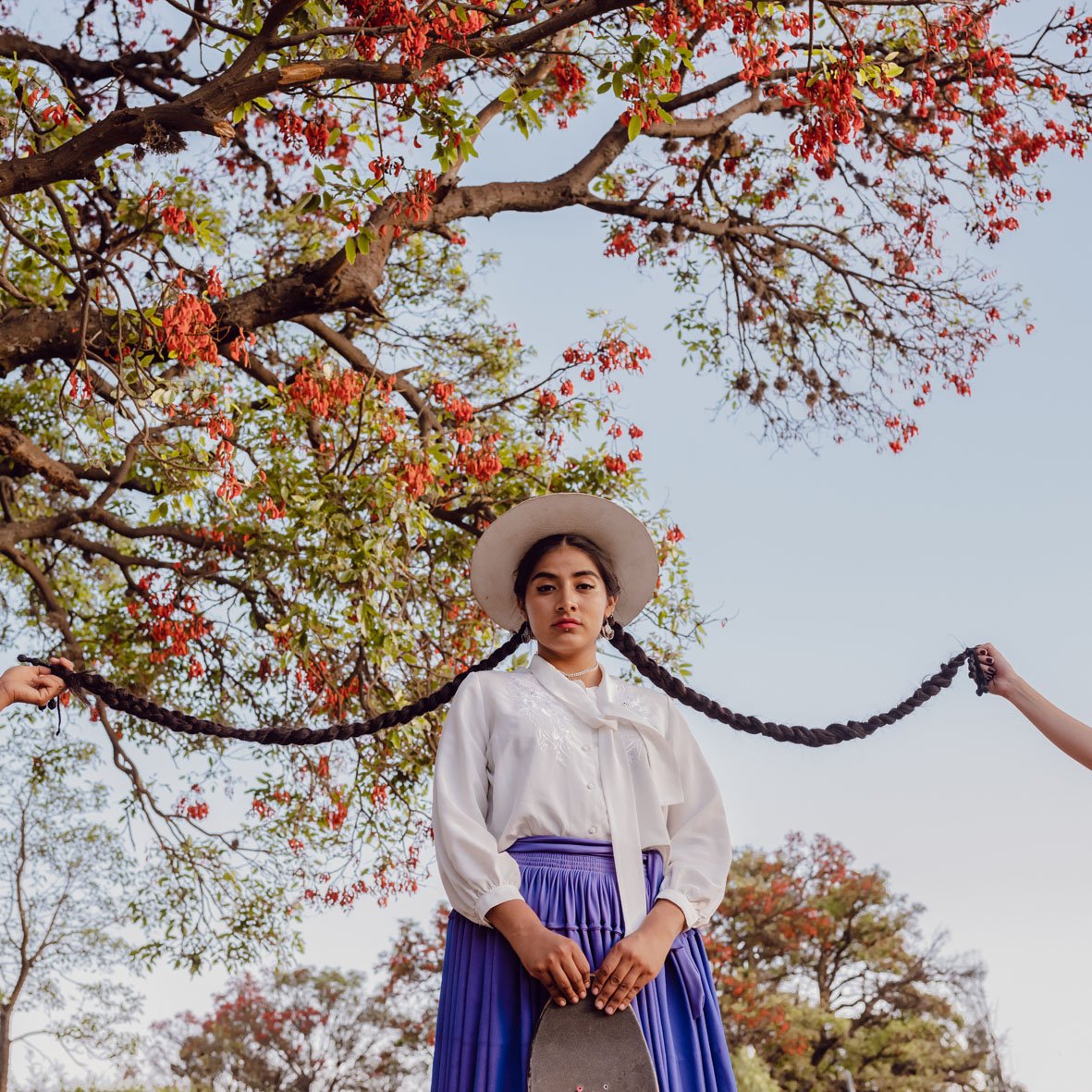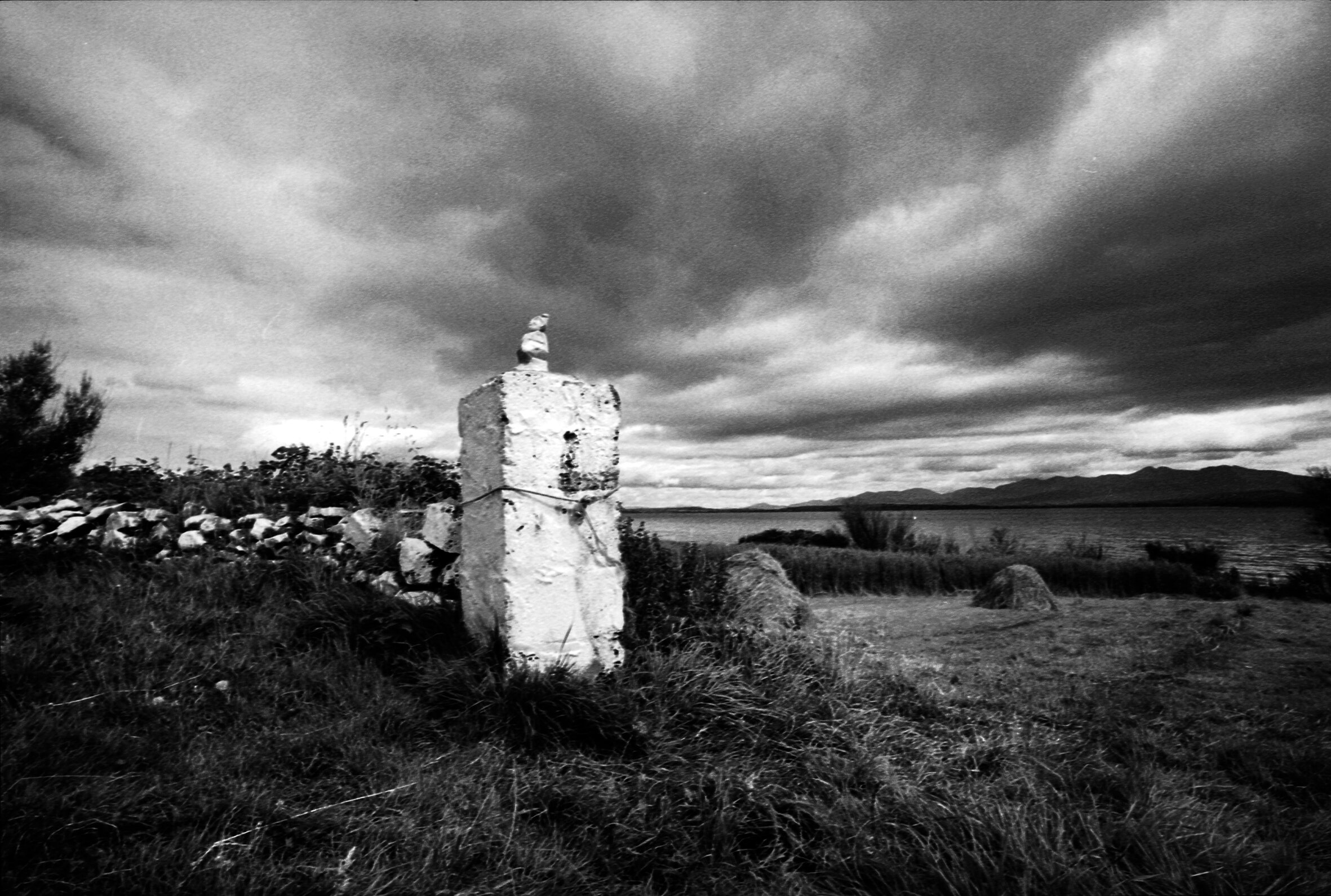
Grenze – Arsenali fotografici Festival
Grenze – Arsenali fotografici Festival
19. September – 21. Oktober 2025
"Anfällig"
"Anfällig", wackelig, verletzlich, zerbrechlich, jeden Moment können wir fallen oder wieder fallen. Wir sind nicht völlig geheilt, sondern kehren mit einer neuen Zartheit in die Welt zurück. Cagionevole“, vom lateinischen causionabilis, ‚was verursacht werden kann‘. Wir werden durch Unsicherheiten geschwächt, beeinflusst und von Zweifeln geschüttelt. Prekär, das Gleichgewicht ist immer in der Schwebe. Es fällt uns schwer, Herausforderungen mit Stabilität und Stärke, mit Festigkeit zu begegnen. In scheinbarer Sicherheit sind wir bedroht und können uns nicht wehren.
Das Konzept der Grenze 2025 schlägt vor, die Schwäche zu erforschen, die den Dingen, den Menschen und den alltäglichen Situationen innewohnt. Zu interpretieren, wie sich Zerbrechlichkeit manifestiert und die Grenze zwischen dem Leben und seiner Instabilität verwischt.
Cagionevole“ wird so zu einer nackten Entblößung der Schönheit der Schwäche, ohne das damit verbundene Leiden oder die Unsicherheit zu verbergen. Die Fotografie wird zu einem Werkzeug, um Zerbrechlichkeit in einen wesentlichen und unvermeidlichen Teil unseres Menschseins zu verwandeln.
Die Verletzlichkeit liegt im Detail im Gegensatz zum Ganzen, im verderblichen Objekt, in der Unvollkommenheit und im Verfall. Die Verletzlichkeit liegt in der prekären Kontamination zwischen dem Natürlichen und dem Künstlichen, in der Zeit, die die Routine der Jahreszeiten und in ihnen unser asymmetrisches Wesen zeichnet: in der Unvollkommenheit, Disharmonie und Instabilität. Zerbrechlichkeit bewegt sich entlang schräger Winkel, zwischen Resignation und Hoffnung, entlang verzerrter Perspektiven, denn das Zerbrechliche weiß auf seiner entblößten Haut, dass die Welt im Begriff ist zu zerbröckeln und sich im Niedergang befindet.
« Anfällig', tremblant, vulnérable, fragile, à tout moment nous pouvons tomber ou retomber. On n'est pas complètement guéri mais on revient au monde avec une nouvelle délicatesse. Cagionevole », du latin causionabilis, “qui peut être causé”. Nous sommes affaiblis par les incertitudes, influencés et influençables par le doute. Précaires, avec un équilibre toujours en suspens. Difficile de faire face aux défis avec stabilité et force, fermeté. Dans une apparente sécurité, nous sommes menacés et ne pouvons pas résister.
Le concept de Grenze 2025 propose d'explorer la faiblesse inhérente aux choses, aux personnes et aux situations quotidiennes. Il s'agit d'interpréter la manière dont la fragilité se manifeste, en brouillant la frontière entre la vie et son instabilité.
Cagionevole » devient ainsi une exposition nue de la beauté de la faiblesse, sans cacher la souffrance ou l'incertitude qu'elle implique. La photographie devient un outil pour transformer la fragilité en une partie essentielle et inévitable de notre humanité.
La vulnérabilité est dans le détail par opposition à l'ensemble, dans l'objet périssable, dans l'imperfection et la décomposition. La vulnérabilité est dans la contamination précaire entre le naturel et l'artificiel, dans le temps qui dessine la routine des saisons et en elles notre être asymétrique : dans l'imperfection, la disharmonie et l'instabilité. La fragilité se déplace selon des angles obliques, entre résignation et espoir, selon des perspectives déformées, parce que le fragile sait, sur sa peau exposée, que le monde est sur le point de s'effondrer et qu'il est sur le point de décliner.
“Anfällig", cagionevole, vulnerabile, fragile, da un momento all'altro può cadere o ricadere. Non siamo del tutto guariti ma ritorniamo nel mondo con una nuova delicatezza. “Cagionevole" dal latino causionabilis, "che può essere causato". Siamo indeboliti dalle incertezze, influenzati, e influenzabili dal dubbio. Precari, con l'equilibrio sempre in bilico. Difficile affrontare le sfide con stabilità e forza, fermezza. Nell'apparente sicurezza, siamo minacciati e non possiamo resistere.
Il concept di Grenze 2025 propone di esplorare la debolezza insita nelle cose, nelle persone e nelle situazioni quotidiane. Interpretare come la fragilità si manifesti, sfumando il confine tra la vita e la sua instabilità.
"Cagionevole" diventa così l'esposizione nuda alla bellezza nella debolezza, senza nascondere la sofferenza o l'incertezza che essa comporta. La fotografia diventa uno strumento per trasformare la fragilità in parte essenziale e inevitabile della nostra umanità.
La vulnerabilità è nel dettaglio rispetto all'insieme, nell'oggetto deperibile, nell'imperfezione e nel decadimento. Vulnerabile è la contaminazione precaria tra naturale e artificiale, nel tempo che disegna la routine delle stagioni e in esse il nostro stare asimmetrico: nell'imperfezione, nella disarmonia e nell’instabilità. La fragilità si muove lungo angoli inclinati, tra rassegnazione e speranza, lungo prospettive distorte, perché chi è cagionevole sa, sulla sua pelle esposta, che il mondo sta per sfaldarsi ed è al suo declino.
"Anfällig," frail, vulnerable, fragile—liable to fall or relapse at any moment. We are not fully healed, but we return to the world with a newfound delicacy. "Frail," from the Latin *causionabilis*, "that which can be caused." We are weakened by uncertainties, influenced, and easily swayed by doubt. Precarious, always teetering on the edge of balance. It is hard to face challenges with stability, strength, or resolve. In apparent security, we remain threatened and unable to resist.
The concept of Grenze 2025 invites us to explore the inherent weakness in things, people, and everyday situations. It seeks to interpret how fragility manifests, blurring the boundary between life and its instability.
"Frail" thus becomes an unadorned exposure to the beauty within weakness, without concealing the suffering or uncertainty it entails. Photography becomes a tool to transform fragility into an essential and inevitable part of our humanity.
Vulnerability lies in the detail over the whole, in the perishable object, in imperfection and decay. Vulnerable is the precarious contamination between the natural and the artificial, in time etching the routine of the seasons, and within them, our asymmetric presence: in imperfection, disharmony, and instability.
Fragility moves along inclined angles, between resignation and hope, through distorted perspectives. For those who are frail know, in their exposed skin, that the world is on the verge of disintegration and decline.
(Text: Grenze – Arsenali fotografici)
























































